PORT speaks to Luca Missoni about his new exhibition at the Fashion and Textiles Museum that charts how, for the past 60 years, the luxury Italian brand has found inspiration in early 20th century European art
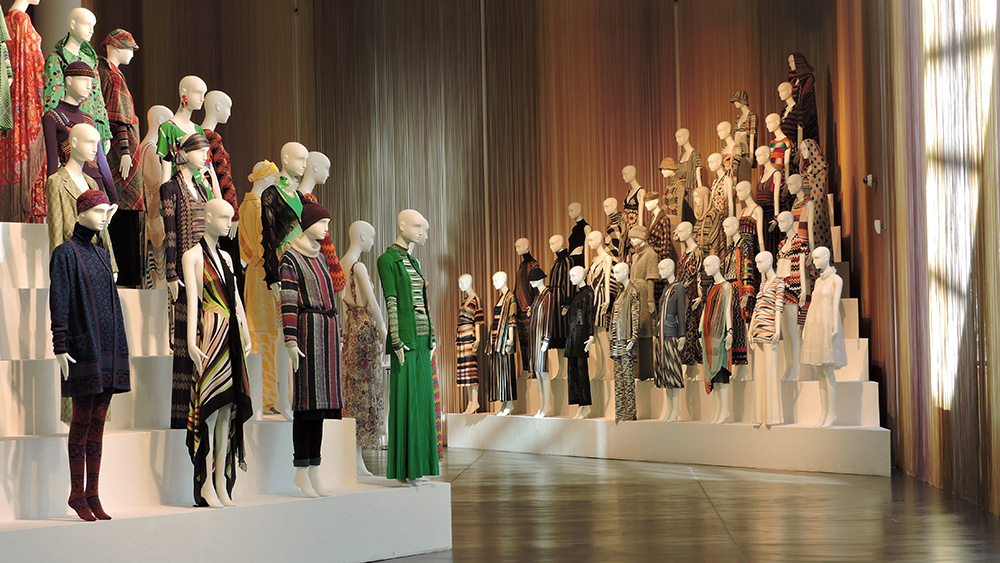
For the past 60 years, the luxury Italian clothing brand, Missoni, has been finding inspiration in the company’s extensive archive of Futurist, Abstract Expressionist and Orphist artwork – driving innovative new patterns and approaches to weaving.
Founded by Ottavio and Rosita Missoni in 1953 after the two met at the 1948 London Olympics, where Ottavio competed as a sprinter, the brand has since become a standard-bearer for luxury textiles and colourful knitwear. With such a long, rich history, Missoni’s archive needs constant attention – a responsibility that falls on Ottavio and Rosita’s son, Luca, now the artistic director of the Missoni Archive. His latest project, Missoni Art Colour, is a retrospective of Missoni’s work in the context of early 20th century European art, on show at the Fashion and Textiles Museum in Bermondsey, south London until 4th September 2016.
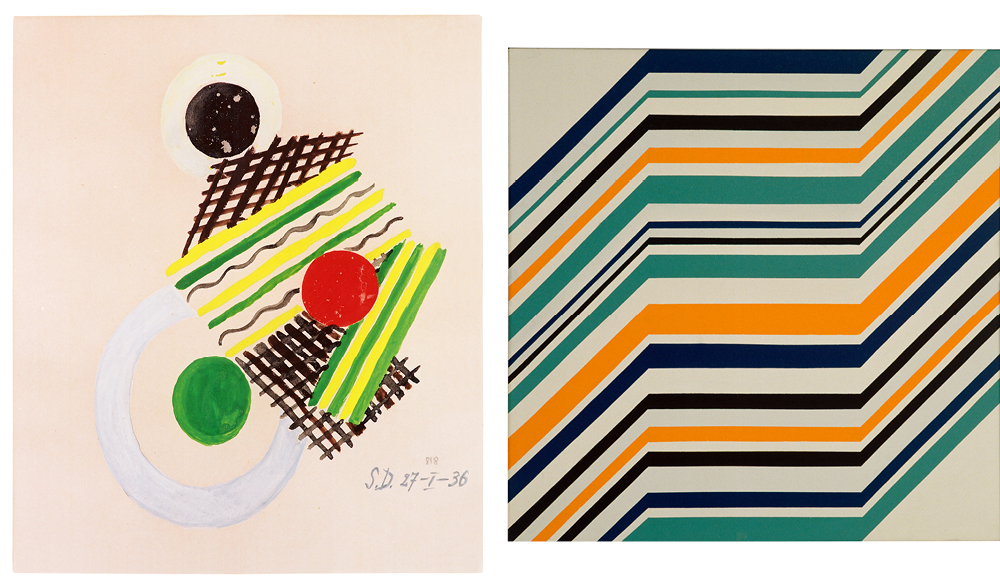
Now, six decades after first opening for business, Missoni has changed relatively little. “You can adapt the content to contemporary times,” Luca explains. “The way it looks may vary each season depending on the fashion but the overall concept, the aesthetic which emerges during textile development, is always at the core of our work. The first excitement is designing the textiles – that’s the speciality, the nature of the work. Then the fashion is the game, the environment.”
The exhibition showcases how artists such as Lucio Fontana, Sonia Delaunay and Gino Severini created art that brought about a new way of thinking about image, colour, composition and fabrics: “a new vision,” as Luca says. It also presents the unique process that Missoni used to knit artworks into textiles. There are over 60 works hung throughout the show – half of which are by Ottavio – plus previously unseen textiles, drawings, wall hangings, paintings and patchworks.
“My father liked to work on graph paper during the early 70s, then later he started the patchwork studies,” Luca says. “It was a way to understand how you conceive a textile, a composition of a weave.”
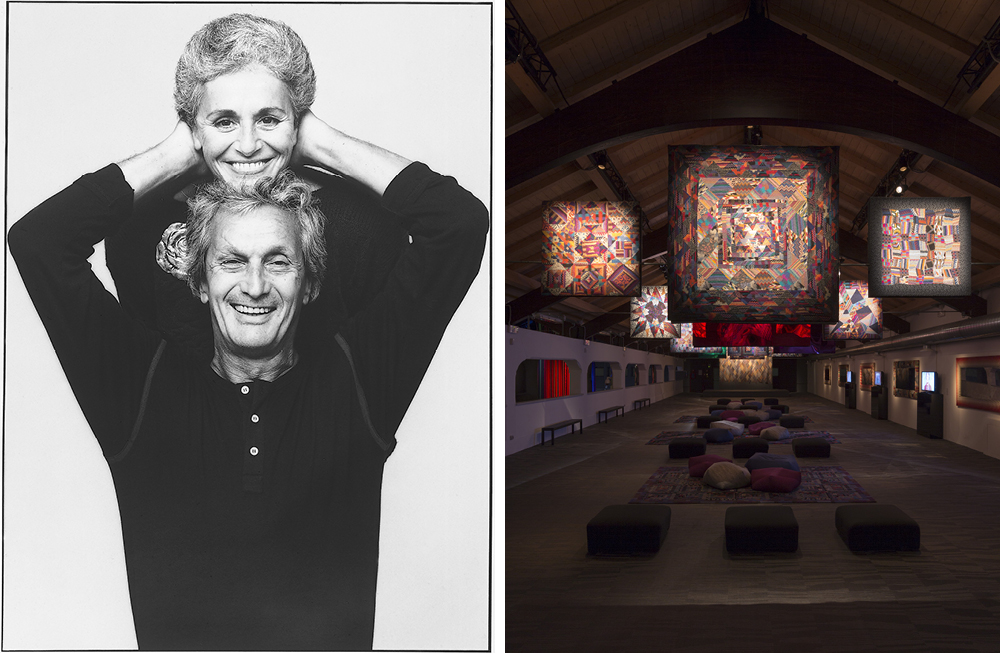
In the main room, 42 mannequins stand in formation, rising up to the ceiling on platforms, each adorned in Missoni pieces that, in some cases, date back to the brand’s earliest days in the 50s. But Missoni Art Colour is not the brand’s first retrospective.
“We did one in 1978, which was our 25th anniversary,” Luca tells me. “My mother realised that we should look back on the brand, so she starting asking around friends and relatives, people who had old Missoni clothes and eventually gathered all these old pieces.”
Asked whether Abstract Expressionism and Futurism were the main art movements that influenced Missoni’s collections, Luca responds with certainty: “Definitely! They were important in a conceptual way – how colour and pattern could be perceived and experimented with. So my parents proposed that kind of vision into everyday clothing, not just costumes for a ballet or theatre.”
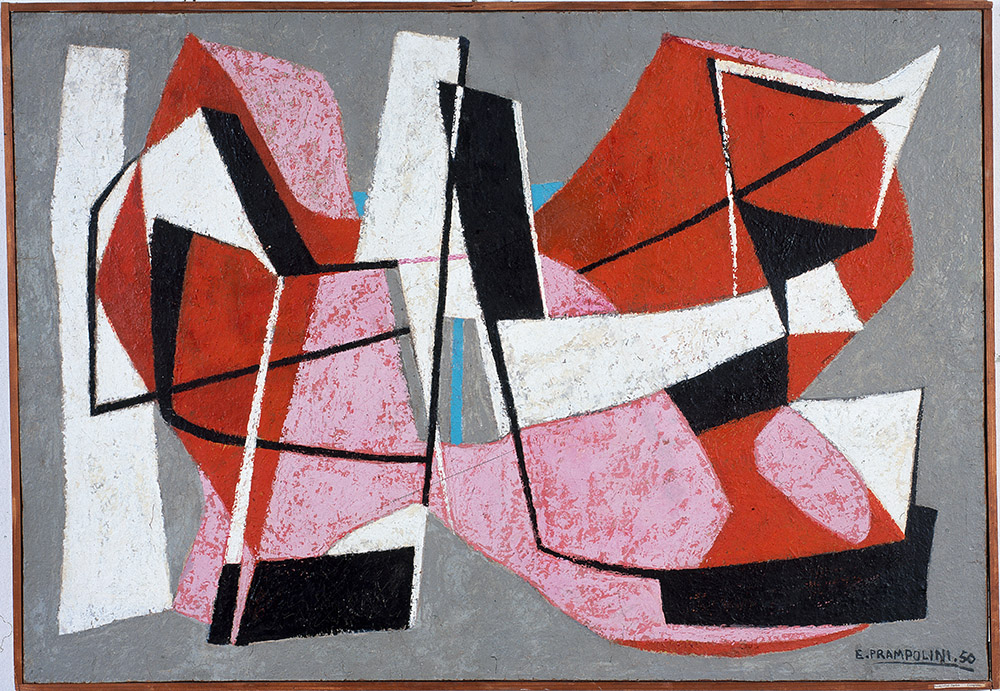
An artist who had a big effect on the Missoni aesthetic, in particular Rosita, was the Ukrainian-born French artist Sonia Delaunay, who (with her husband Robert Delaunay) formed the Orphism movement – a pure form of abstraction with a strong geometric sensibility and bold colours.
“Sonia Delaunay had an amazing influence on my mother’s formation,” Luca says. “Sonia’s use of geometry, line, shape and colour pushed Rosita to use the movement as inspiration for her textiles.”
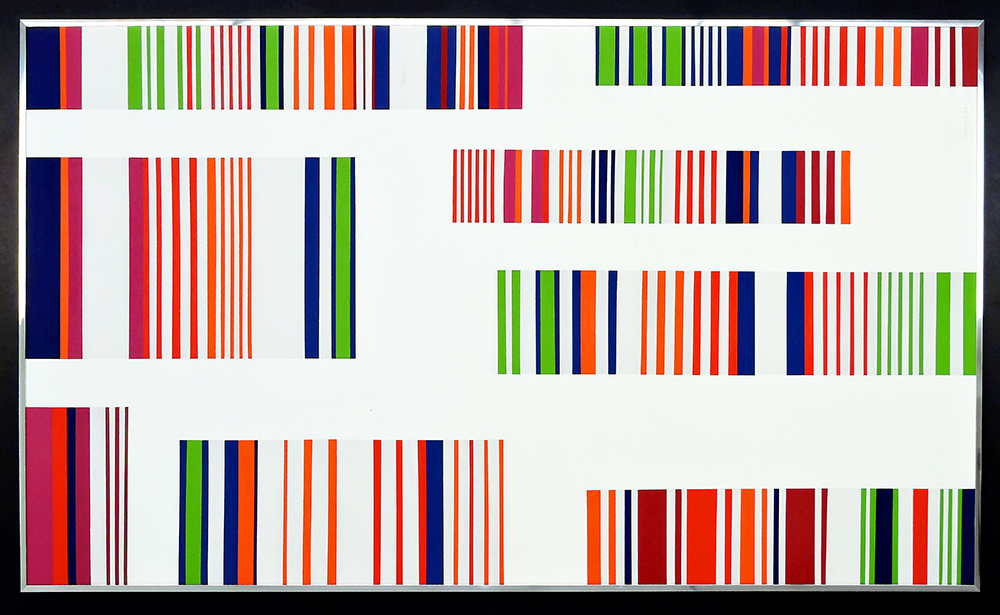
As this exhibition makes clear, the breakthroughs of the Abstract Expressionist and Futurists artists in the beginning of the 20th century laid the foundations for the arts of the post-war era. As Luca explains, his parents were lucky – starting their business when they did, and finding such inspiration in the art of the recent past, they were able to make the most of an extremely “fertile, artistic and cultural situation”.
Missoni Art Colour runs until the 4th September 2016 at the Fashion and Textile Museum, 83 Bermondsey Street, London, Se1 3XF




